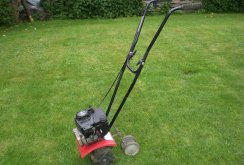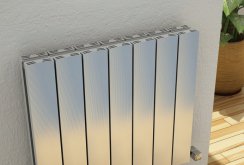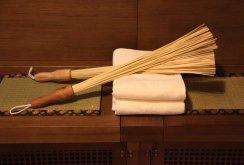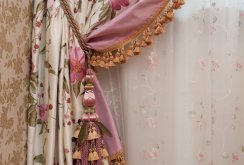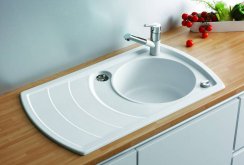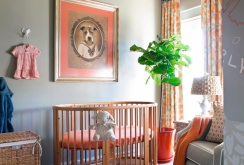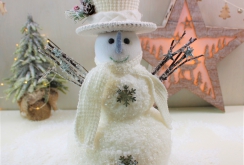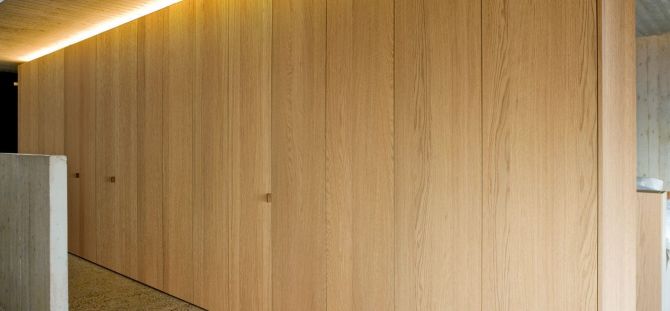 Panels in the interior: a variety of options for creating an original design (27 photos)
Panels in the interior: a variety of options for creating an original design (27 photos)
Recently, panels in the interior have been especially popular. This simple and affordable finishing material is easy to install, which allows you to create the most diverse finish in almost all rooms of the apartment.
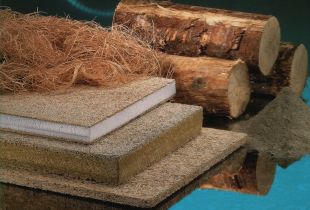 Advantages and areas of application of Green board panels (21 photos)
Advantages and areas of application of Green board panels (21 photos)
Green board fiberboard slabs are distinguished by a number of advantages, wide areas of application, reasonable prices. They allow you to build affordable and environmentally friendly housing.
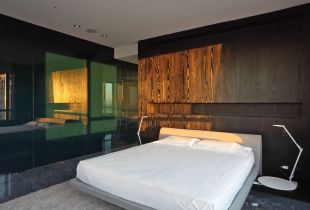 Types of veneered panels and their features (25 photos)
Types of veneered panels and their features (25 photos)
Veneered panels are very similar in appearance to wood, therefore they have similar qualities of durability and strength.
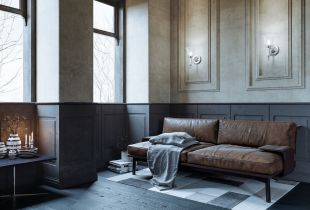 Panels for wall decoration: instead of wood and with wood
Panels for wall decoration: instead of wood and with wood
By paneling the walls, homeowners always killed several birds with one stone. Firstly, the panels retain heat and absorb external noise. Secondly, they are less vulnerable than wallpaper or paint, so the wall is protected from unpleasant ...
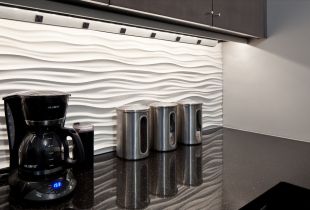 Panels for the kitchen: types and advantages (23 photos)
Panels for the kitchen: types and advantages (23 photos)
Wall panels - the best solution for decorating the walls of the kitchen. They are made of various materials, each of which has a number of advantages and disadvantages.
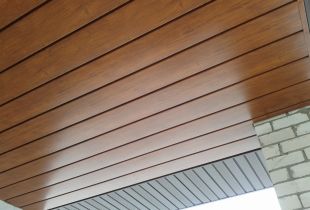 Panels for the ceiling: DIY installation (23 photos)
Panels for the ceiling: DIY installation (23 photos)
An important component of apartment renovation is the ceiling. Today there is a huge variety of finishing materials that can be used in this case. And what and how to sheathe the ceiling depends on ...
 Door slopes: design rules (22 photos)
Door slopes: design rules (22 photos)
Often, door slopes are assigned to professionals, however, if you select the right algorithm of actions, you can cope with this work yourself.
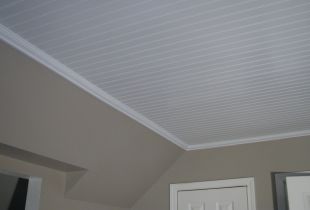 The ceiling of the PVC panels: the main advantages (20 photos)
The ceiling of the PVC panels: the main advantages (20 photos)
Plastic panels are considered the most optimal finishing material for fast and high-quality arrangement of the ceiling. It is easy and convenient to work with it, and the decorative coating obtained as a result of the installation can compete with the elite ...
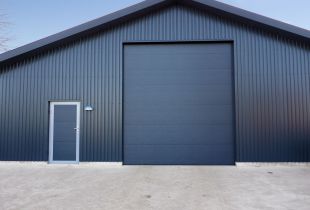 Sandwich panels in construction: new opportunities
Sandwich panels in construction: new opportunities
Sandwich panels are used everywhere in construction today. Lightweight but at the same time sturdy construction protects from the weather and retains heat.
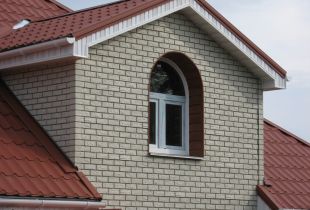 Brick facade panels: budget imitation of elite finish (20 photos)
Brick facade panels: budget imitation of elite finish (20 photos)
Brick facade panels are easy to install with your own hands: enough basic tools and basic skills. They are cheap and presented in a rich variety, which determines their popularity.
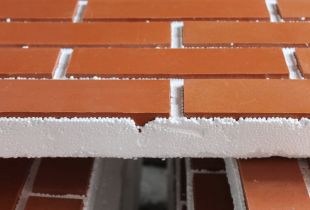 Front thermal panels: main types (20 photos)
Front thermal panels: main types (20 photos)
Facade panels are a beautiful and warm cladding material that provides reliable protection of the house from heat loss and negative environmental influences. A wide selection of thermal panels with marble chips or clinker allows you to choose products ...

 Advantages and areas of application of Green board panels (21 photos)
Advantages and areas of application of Green board panels (21 photos) Types of veneered panels and their features (25 photos)
Types of veneered panels and their features (25 photos) Panels for wall decoration: instead of wood and with wood
Panels for wall decoration: instead of wood and with wood Panels for the kitchen: types and advantages (23 photos)
Panels for the kitchen: types and advantages (23 photos) Panels for the ceiling: DIY installation (23 photos)
Panels for the ceiling: DIY installation (23 photos) Door slopes: design rules (22 photos)
Door slopes: design rules (22 photos) The ceiling of the PVC panels: the main advantages (20 photos)
The ceiling of the PVC panels: the main advantages (20 photos) Sandwich panels in construction: new opportunities
Sandwich panels in construction: new opportunities Brick facade panels: budget imitation of elite finish (20 photos)
Brick facade panels: budget imitation of elite finish (20 photos) Front thermal panels: main types (20 photos)
Front thermal panels: main types (20 photos)